
In Spain, there is a city with a wall that is perfectly preserved and that can take us to a medieval world just by walking through its old town. This is Ávila, considered the Spanish city with the best-preserved wall in Europe, a place to spend a weekend enjoying highly valuable historical heritage, as well as the best gastronomy.
Ávila reached its maximum splendour in the 16th century as a town of mysticism and spirituality, epitomised by Teresa de Cepeda y Ahumada, or more commonly known as St Teresa of Ávila. If one follows the Route of Teresa, one will travel from the Gothic style through to the Renaissance, as Ávila’s most universal saint lived halfway between both periods. Saint Teresa and also San Juan de la Cruz brought the Spanish language to one of its highest levels through their poetry and writings on mysticism.
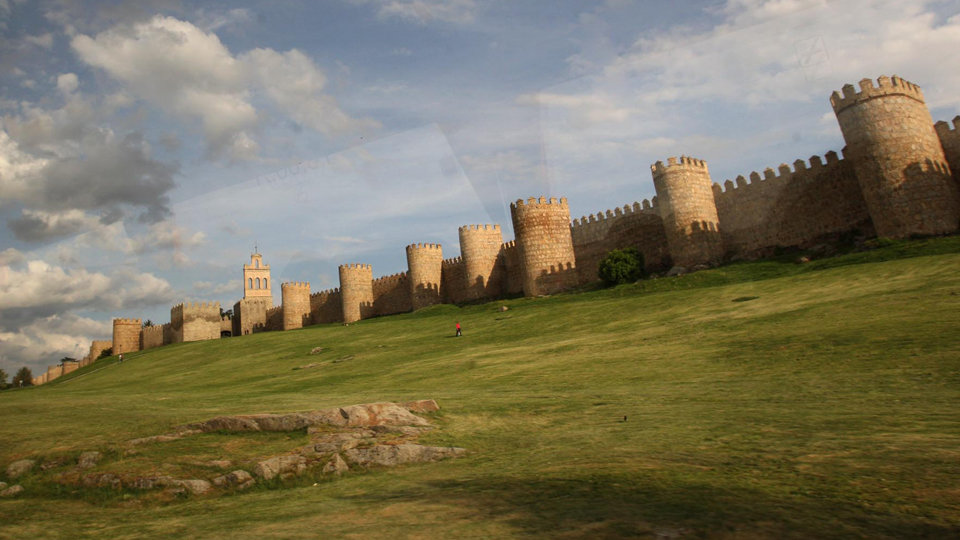
Most of Ávila’s festivities and traditions are religious, but they also have a pagan side. Religion is joined by other leisure activities that are based on the town's multi-racial customs and traditions. Each quarter of the town has its own festival in remembrance of the divisions that existed in the past when each of the groups who went to repopulate the town settled around a parish church.
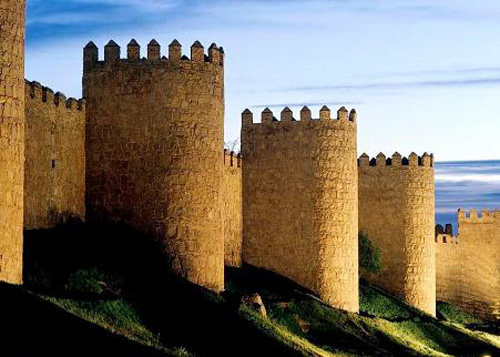
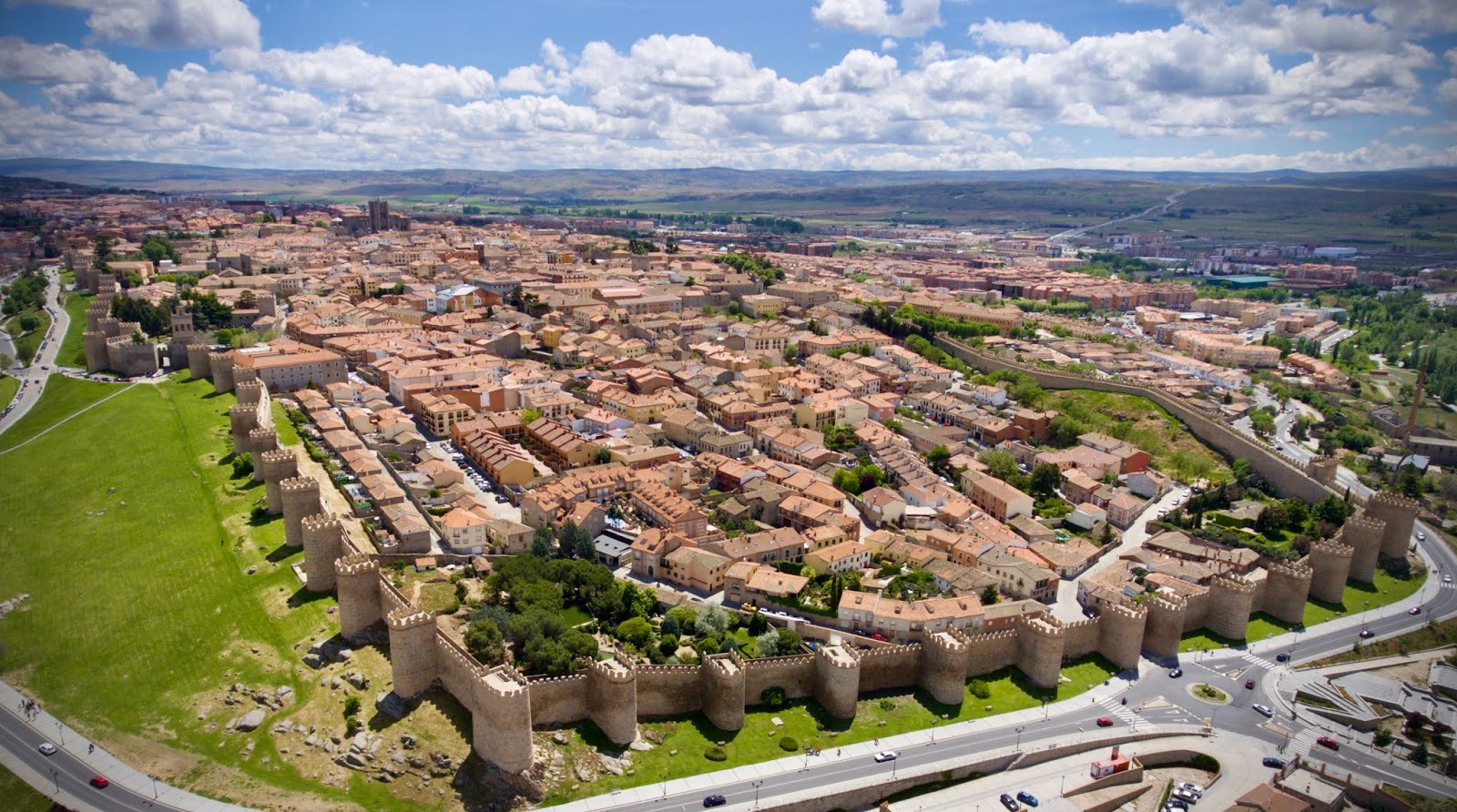
Ávila is situated in an area of rolling hills northwest of Madrid. As a city it holds the titles of "Ávila del Rey" (granted by Alfonso VII), "Ávila de los Leales" (granted by Alfonso VIII) and "Ávila de los Caballeros" (granted by Alfonso X), all of them present in the flag of the city.
Ávila's hallmark is its wall. In fact, it is considered the best preserved walled city in Europe. It is a Romanesque military fence that surrounds the old town. Both the wall and the old town, as well as several churches (San Pedro, San Vicente, San Andrés and San Segundo) located outside the walls, were declared a World Heritage Site by UNESCO in 1985.
According to historical data, construction of the Ávila wall began on May 3, 1090, by order of Raymond of Burgundy and was completed in 1099. It would have taken 9 years to build it. However, in the 3rd century BC. C. the Romans built the first wall.
The characteristics of the walls are as follows: It has a perimeter of 2,515 meters, 2,500 battlements, 87 cubes or towers and 9 gates. It occupies an area of 33 hectares and forms a rectangle oriented from east to west. Its walls are 3 meters thick and 12 meters high. For its layout, the unevenness of the land was used and neither slopes nor buttresses were built. In addition, the wall has nine gates, colloquially called arches:
1. The Puerta del Alcázar or the Mercado Grande, where the figurative dethronement of King Enrique IV of Castile took place, an episode known as the Farsa de Ávila.
2. The Door of the Cathedral, of the Leales or of the Peso de la Harina, opened in the 16th century.
3. The Gate of San Vicente.
4. The Arco del Mariscal, receives that name in memory of Álvaro Dávila, Marshal of King Juan II of Castile, who subsidized its construction.
5. The Arch of Carmen or the prison, opens between two towers with a square section. It was restored in the fourteenth and sixteenth centuries.
6. La Puerta de la Mala Dicha, of Mala Ventura or popularly known as the Gypsy Arch, through which the Jewish quarter was accessed.
7. The Puerta de la Santa or de Montenegro, through which you access the house of Santa Teresa.
8. The Puerta del Rastro, de Grajal or de la Estrella, which has a 16th-century arch.
9. The Puerta del Puente, was restored in the 15th and 17th centuries.
In addition to the wall, there are many other things to visit in Ávila. Some examples are the Plaza del Mercado Chico, the main square of the historic centre; the Mirador de Los Cuatro Postes, the best place to admire and take pictures of the walls of Ávila; the Cathedral of Ávila, the first Gothic cathedral in Spain and it seems that its construction dates back to the end of the XI or beginning of the XII or the Puerta del Alcázar, the most important gate of the wall and also the most robust.
The Church of San Pedro Apóstol, a Romanesque church from the 13th century, is also considered a Site of Cultural Interest and well worth visiting as is the Royal Monastery of Santo Tomás, a Gothic jewel that was built between 1482 and 1493.
The 'Gastronomical Triad' of the town is made up of Judías del Barco (large haricot beans from the village of El Barco de Ávila, also known locally as 'pipos'), Chuletón de Ávila (veal chop from 500 g to 1 kg in weight, depending on your appetite!) and Yemas de Santa Teresa (sweet cakes made from egg yolks and sugar). A delight for any palate especially the Chuletón if you are a meat lover!
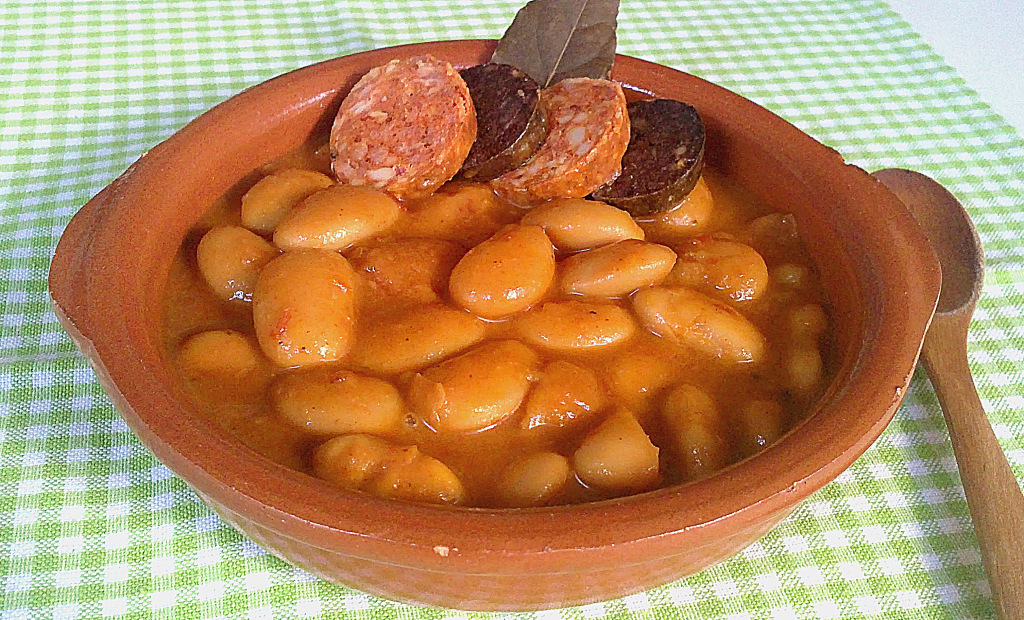
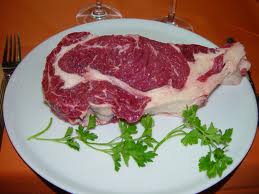
This type of menu is a true example of Ávila gastronomy, based on agricultural and cattle-farming products from a province that varies greatly in both geography and climate. Pulses and legumes have earned their fame thanks to the haricot bean from El Barco and the Carilla (a small haricot bean with a black dot) from the banks of the River Tormes and the chickpea from La Moraña in the north of the province. Meat is also popular: kid from Candeleda, lamb from the Amblés Valley and roast suckling pig from the north of the province.
The way the food is cooked is very simple and rustic with no sauces or extravagance; the importance is given to the quality of the product itself to ensure that it provides original flavours without the need for enhancements.
Avila is well worth a visit, you won't be disappointed.